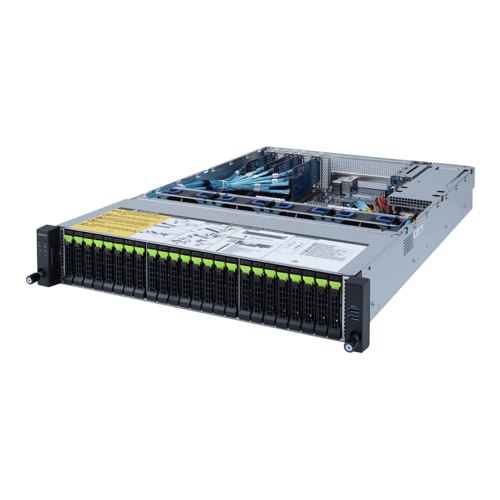I feel like I’m going crazy trying to figure this out. I currently have a ProLiant ML350 Gen 5 server and need to upgrade so I don’t have to keep buying new HBA’s or PSU’s that break every year.
I was able to purchase a dozen U.2 drives and a NetApp disk shelf. I hadn’t realized that NVMe wasn’t compatible with SATA at the time. I also purchased a 1000W power supply, IceGiant cooler, and iStarUSA D-400L-7 case for a pc gaming build that I had to scrap due to the pandemic.
Now I’m at a crossroads.
Do I go for a DIY Threadripper Pro in a 4U build or a barebones 2U enterprise server build with a separate gaming PC.
Note “I would buy a 2U server for an all in one but that isn’t likely to have enough or any full sized PCIe slots left over.”
Threadripper Analysis:

Pros:
* I can have my gaming and general server be the same machine (so I save space)
* It’s a 4U so I can add any Full Hight PCIe card / GPU without issue
* I can build the system over time. (Not needing to buy all the components at once makes it easier to afford)
* I get to use the parts I already purchased.
Cons:
* Dealing with the headache of managing NVME/PCIE in general
- No relatively affordable way to mount four 15mm U.2 drives in a 5.25” bay.
- Cables and PCIe cards for NVMe can be shoddy and often only work with qualified systems (Obviously DIY builds are not qualified)
- I need to cable-manage all of this in a generic case
2U NVMe Server Analysis:

Pros:
* I don’t have to pull my hair out due to some component breaking or it only having PCIe-X or PCIe Gen1 slots.
* NVMe and PCIe would be validated so I shouldn’t have too many issues with it.
* Built in hotswap
Cons:
* It’s an expensive purchase all at once
* Can’t fit a full-sized graphics card in there.
* I would need to spend even more on a separate gaming machine.
Overall:
Both are expensive and will give me headaches in different ways. Do I go for the all-in-one jankfest that will possibly save me money
or the nice but crazy expensive 2U server with separate Gaming PC. It is a tough choice to make.
Like I don’t need crazy performance, but I do need a lot of PCIe bandwidth.
I really hope I can find a solution here or I’m going to have to give up on it again for another year.